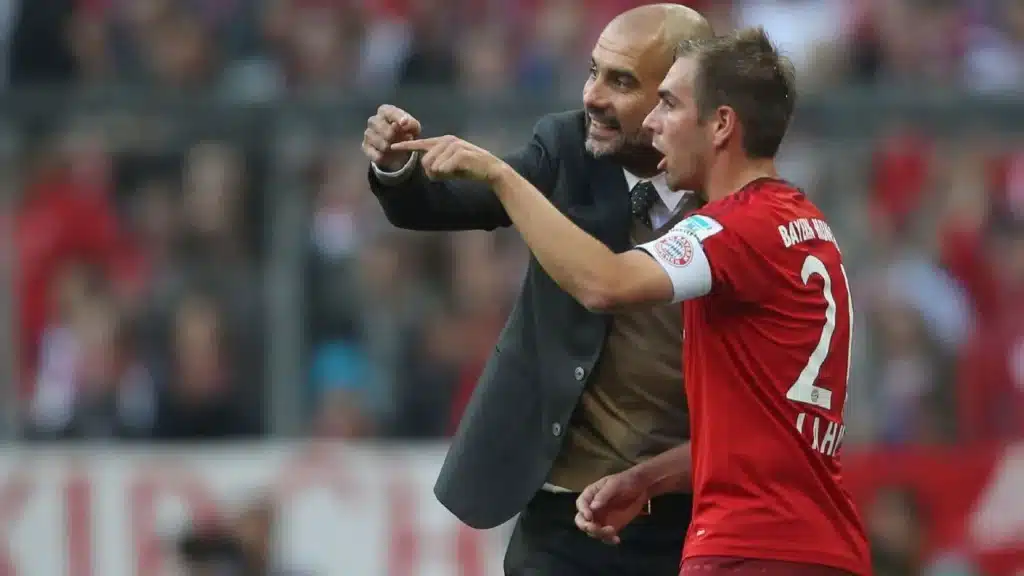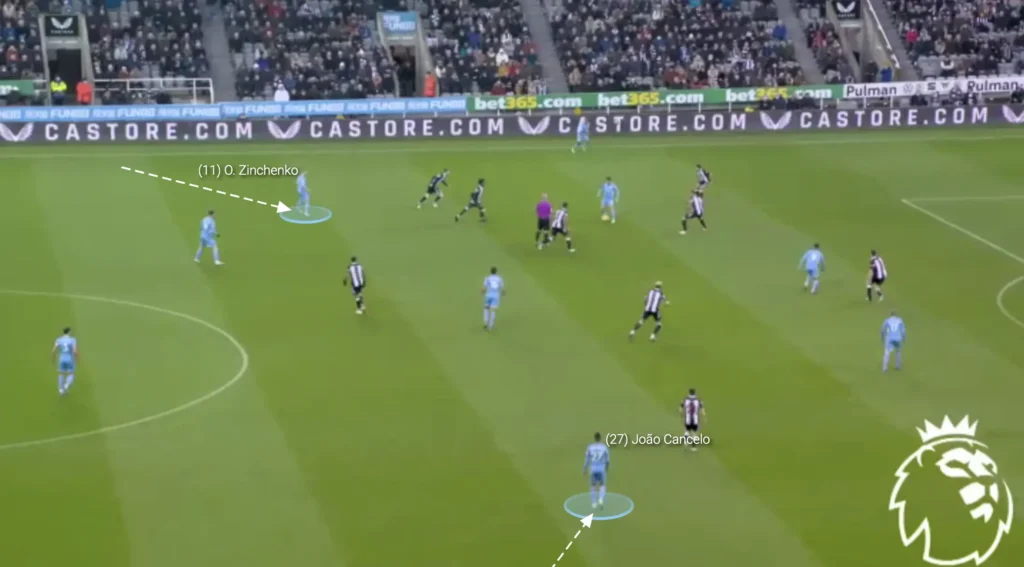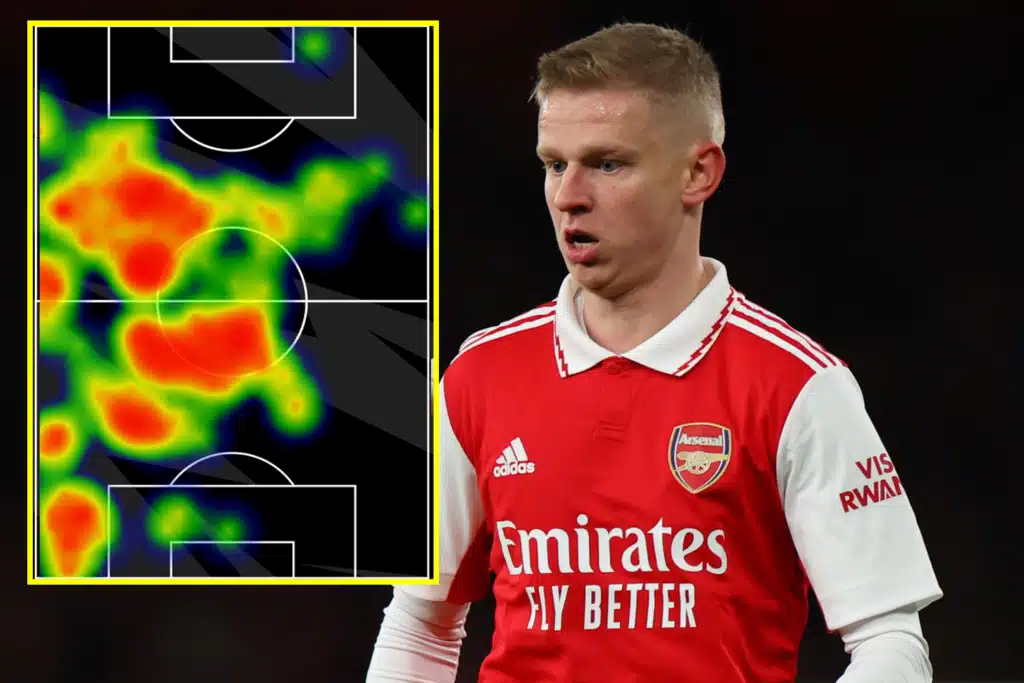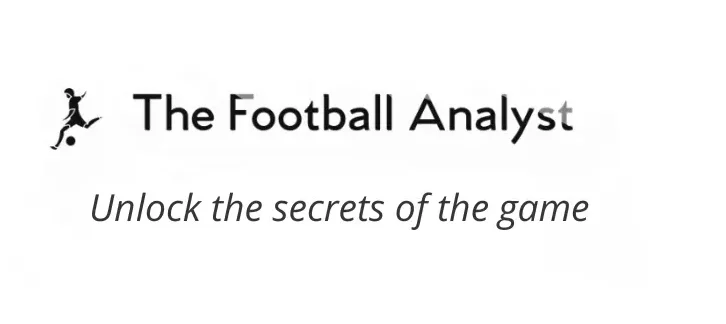For much of football history, fullbacks were seen as defensive pillars: disciplined, energetic runners focused primarily on stopping wingers and supporting the attack from wide areas. Fast forward to the modern game, and that traditional job description has been flipped on its head. Today’s elite fullbacks often drift into central areas, dictate possession, and at times look indistinguishable from midfielders. The question is no longer “can fullbacks overlap?” but “are fullbacks becoming central midfielders?”
Tactical Evolution of the Fullback Role
The fullback’s evolution has mirrored broader tactical shifts in football. As teams moved from rigid formations into more fluid positional systems, coaches began to demand more technically complete players in every position. Pep Guardiola’s Barcelona was among the first sides to consistently ask fullbacks to invert into central spaces, but the tactical roots go back further — to the likes of Philipp Lahm, who epitomized the intelligent, positionally flexible fullback under Guardiola at Bayern Munich.

In recent years, this idea has been further refined. Elite teams now use fullbacks not just to provide width or overlap but to create overloads, control tempo, and manipulate opposition pressing structures — roles once reserved strictly for central midfielders.
The Rise of the Inverted Fullback
A key trend in modern football is the use of inverted fullbacks — players who, instead of pushing forward along the flanks, drift into the half-space or central midfield zones in possession. This tactic, widely popularized by Guardiola at Manchester City with João Cancelo and Oleksandr Zinchenko, allows teams to:
- Create numerical superiority in midfield (3v2s or 4v3s)
- Maintain rest-defence with a back three behind the ball
- Control transitions by congesting central areas

By stepping inside, fullbacks essentially operate as auxiliary midfielders. They’re expected to break lines with passes, recycle possession under pressure, and cover defensive transitions centrally — responsibilities once foreign to the position.
Why Fullbacks Are Moving Inside
1. Midfield Overloads
By moving fullbacks into midfield, teams create extra passing options and overloads in central areas — critical for controlling possession and breaking down compact defensive blocks.
2. Structural Balance
Inverting a fullback allows a team to maintain a solid rest-defence in possession, offering stability in transition and better coverage against counters.
3. Unlocking Wide Players
With fullbacks moving centrally, wingers can stay high and wide, stretching opposition backlines and opening space in the half-spaces for midfield runners.
4. Tactical Flexibility
Modern fullbacks must now adapt dynamically to different phases of play — defending wide when out of possession, tucking into midfield in build-up, and occasionally overlapping in the final third.
Central Midfielder by Role, Fullback by Name?
This role blurs the lines between positions. In tactical function, many modern fullbacks are performing the role of deep-lying playmakers or box midfielders rather than traditional wide defenders. Their heatmaps resemble those of central midfielders, and their statistical profiles — progressive passes, touches in central zones, pressure regains — reflect that.

But it’s important to make a distinction: while fullbacks take up central positions in possession, they remain fullbacks out of possession. Their responsibilities still include recovering into wide defensive positions, covering wide wingers, and supporting the backline.
What This Means for Player Development
The tactical demands on fullbacks have grown immensely. To thrive in this hybrid role, a fullback must now possess:
- High technical quality in tight central spaces
- Tactical intelligence and spatial awareness
- Ability to receive and play under pressure
- Progressive passing and vision
- Physical endurance to transition between wide and central areas
As such, many youth academies are now developing fullbacks as all-round midfielders. It’s no coincidence that players like Zinchenko, originally a midfielder, or Lahm, a world-class thinker of the game, adapted seamlessly to this modern role.
Conclusion: Not Just a Trend, but a Transformation
The modern fullback is no longer simply a defender tasked with stopping crosses or overlapping. They are tactical chameleons — part defender, part midfielder, part playmaker. This transformation reflects a broader shift in football toward positional fluidity and control-oriented structures.
So, are fullbacks becoming central midfielders? Functionally, yes — at least during possession phases. But their hybrid role is what makes them so vital. They are not abandoning their roots; they are expanding them.
